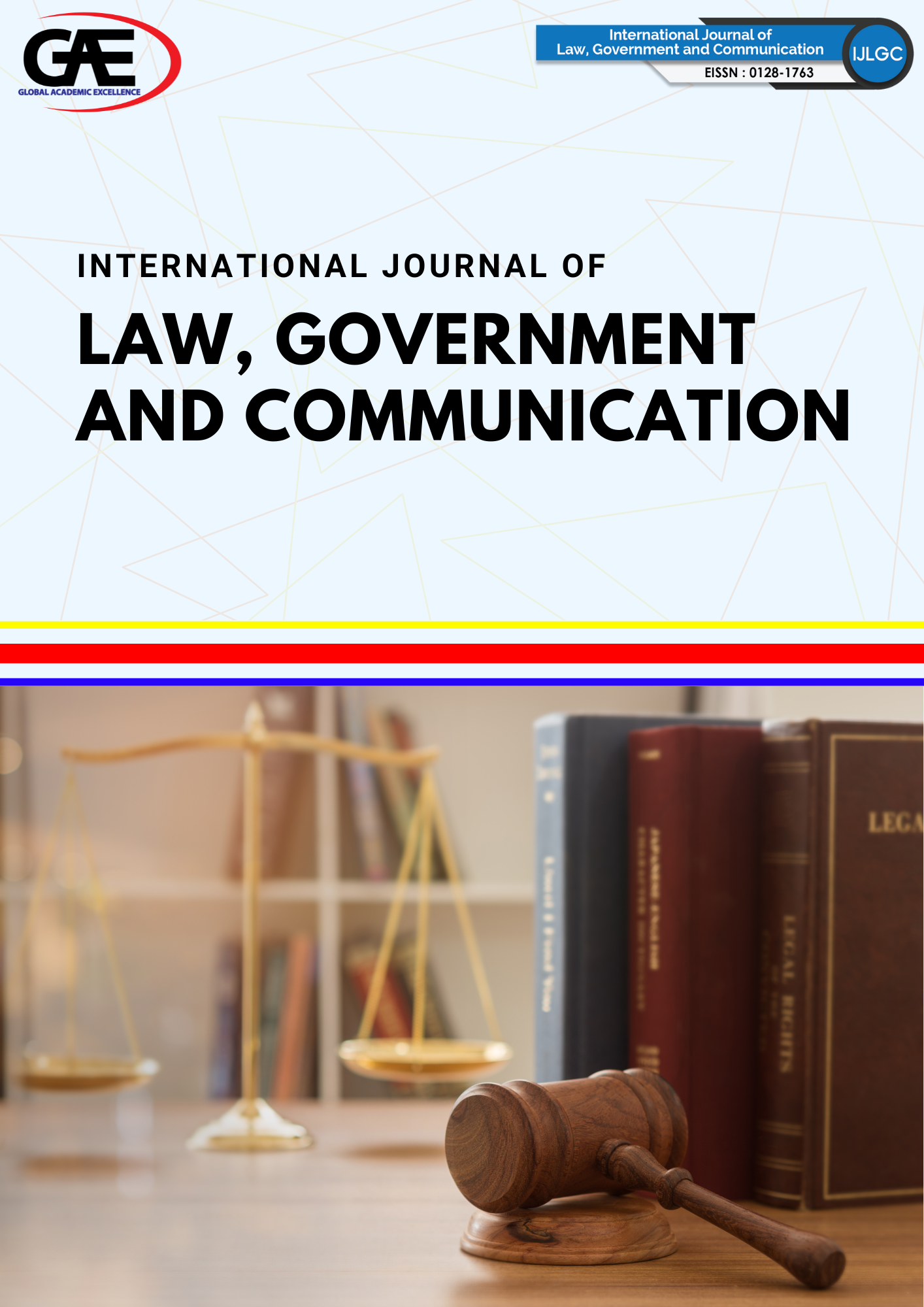A JAPANESE BIOLOGICAL WEAPON’S LEGACY IN MALAYSIA: THE AFTERMATH EFFECTS FOR ENVIRONMENTAL CONTAMINATION, SUSTAINABLE DEVELOPMENT AND APPLICATION OF INTERNATIONAL HUMANITARIAN LAW
Keywords:
Biological Weapons, Sustainable Development, Kuala Pilah, Tampoi, Soviet Union, Gruinard Island, Panama, China, Tuanku Muhammad School, Bioterrorism, BiosecuritAbstract
Plague experimentation was conducted by the Japanese during World War II at an old mental hospital in Tampoi, Johor and a school in Kuala Pilah, Negeri Sembilan situated in Malaysia. Environmental contamination could be probable learning from past experiences in other countries that have experimented, tested and used biological weapons. This study’s objective is to highlight environmental contamination matters arising from plague experimentation that the Japanese conducted which violates international humanitarian law and its implication for sustainable development. The methodology of this study is qualitative which merges the doctrinal research and socio-legal approaches in the context of analysing provisions of selected international humanitarian law agreements and secondary resources through a textual and content analysis. The results indicate the possibility of environmental contamination from the plague experimentation as some infected corpses of Japanese soldiers were buried while others were cremated. Present-day rats could be carriers of the particular plague strain with which the Japanese experimented. Only the Hague Conventions of 1899 and 1907, and customary international laws prohibiting biological weapons seem relevant to the Japanese experimentation of plague. In conclusion, Malaysian authorities need further information to delve into this matter deeply to enable remedial action to be taken.



